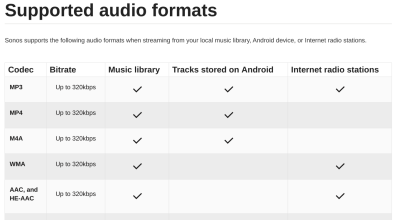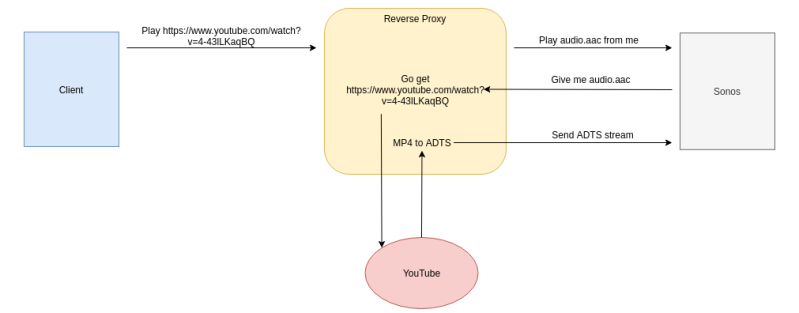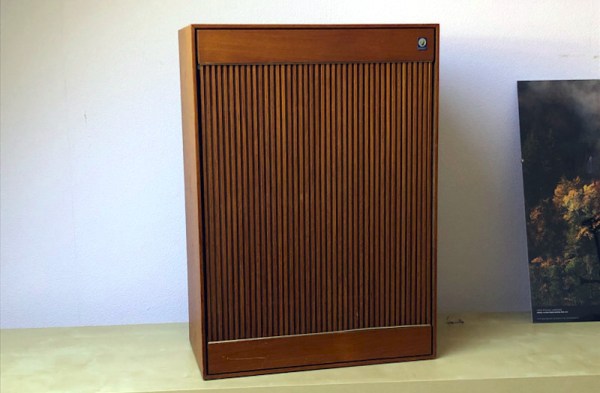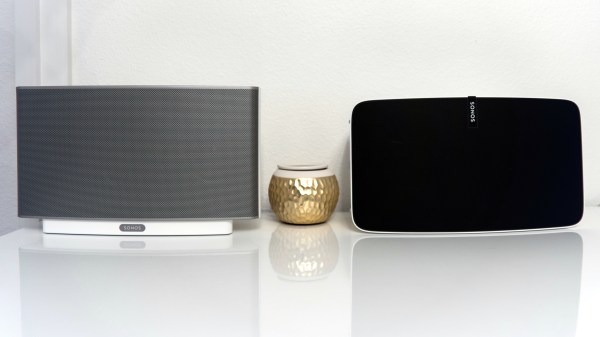Over at the EEVBlog, [Dave Jones] takes a second look at the Sonos Play 5 Gen 1 that he rescued from the dumpster recently. Despite being solidly built, [Dave] discovered that even the stereo line-in jack can’t be used without registering an account with Sonos. Not to be defeated, he hacks these speakers to make them work standalone.
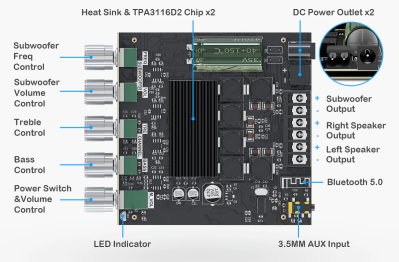
The hack here involves fitting the speaker cabinet with new “guts” in the form of a wireless stereo 2×50 watt digital amplifier [Dave] found online for under $30. This particular model, the Fosi TB21, is almost a perfect fit for the Sonos cabinet — with only minimal Dremel tool encouragement required. It turned out the power supply section of the Sonos main board was easy to isolate. [Dave] couldn’t use the existing amplifiers, so he removed them from their power supply and re-routed the power supply to the Fosi module. He also removed the Sonos wireless interface board from the cabinet, and used an online design tool to make a simple first order Butterworth crossover network set to 2800 Hz to connect the speakers.
The new amplifier board is mounted in the shallow base of the speaker cabinet. It could have easily been oriented either way, but [Dave] chose to install it knobs-forward. This also gave him a reason to toss out the Sonos badge. The resulting modified unit looks very professional, and works well as a Bluetooth speaker for the lab.
We wrote about the opposite conversion last year, where old speakers from the 1960s were hacked to add Sonos capability. You can read about the controversy surrounding Sonos here, and we discussed the issue on the Hackaday Podcast in episode 058.




